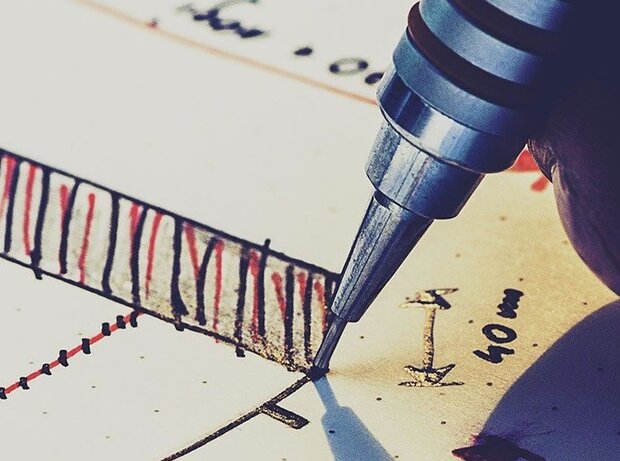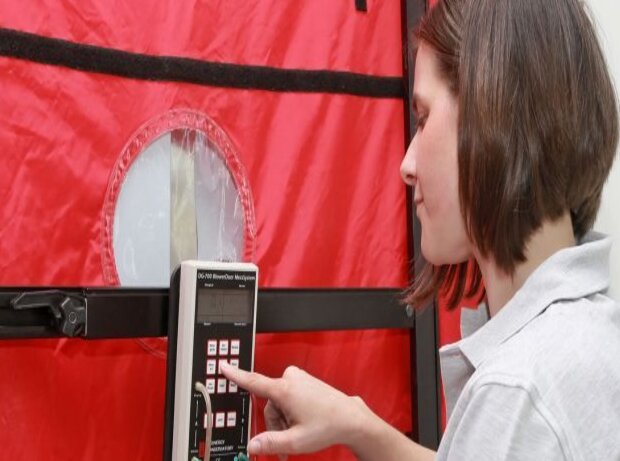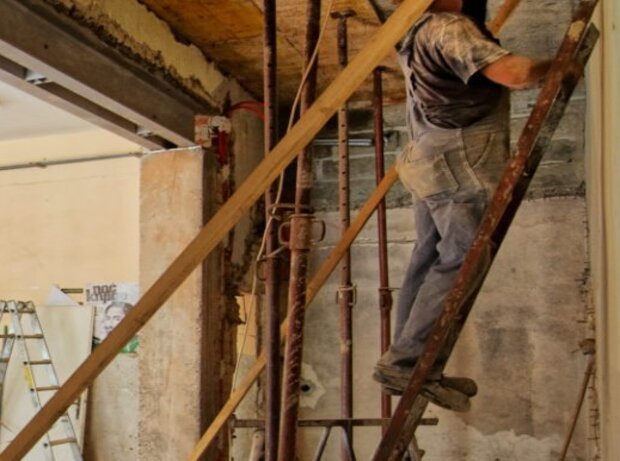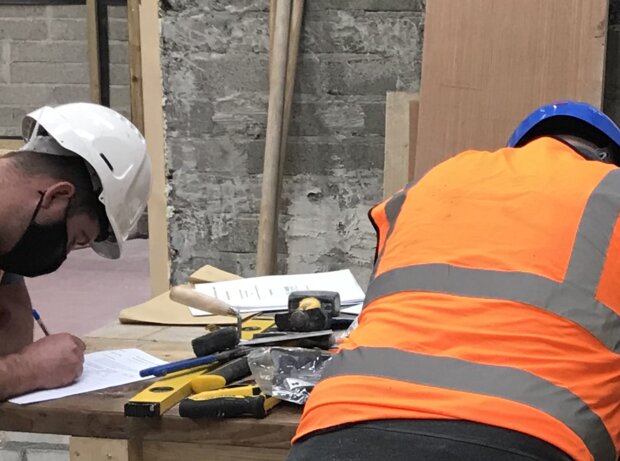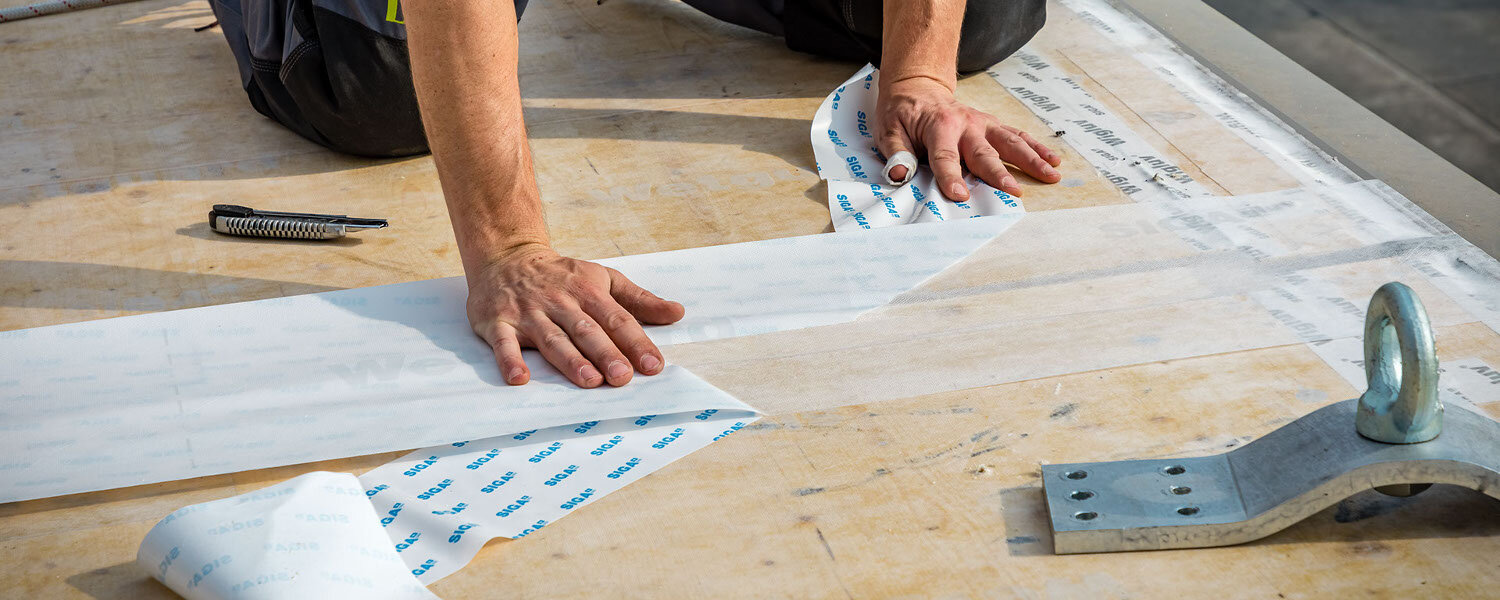
5 facts about SIGA Wetguard®
Launched in autumn 2020, SIGA Wetguard® protects timber building elements during construction. Learn five essential facts about its benefits and why it’s a must-have for your projects.
Here are 5 facts about the product, which you have certainly not yet known.
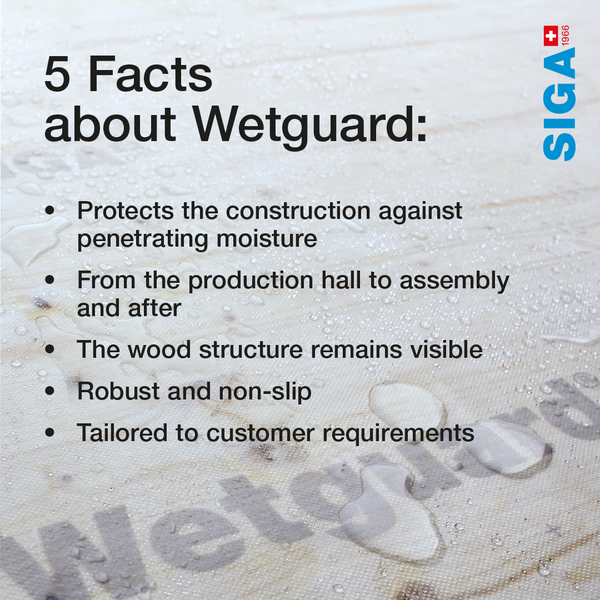
It protects against water ingress into the construction
The main task of SIGA Wetguard® is to prevent water from entering the wood. It’s job is to protect against moisture damage. The moisture protection membrane is rainproof and diffusion-open in order to optimally protect the component from water ingress. At the same time, it still allows the residual moisture to dry out.
From the production hall to after assembly
SIGA Wetguard® 200 SA reliably protects prefabricated wooden elements against moisture and damage during storage, transport, installation and the construction phase. It prevents moisture damage such as visible discolouration or surface tension and dimensional inaccuracies due to swelling of the wooden elements.
The wood look is retained
With the transparent optics of SIGA Wetguard® not only markings or penetrations applied in the factory remain visible but also the characteristic Surface structure of the wooden material.
Robust and non-slip
The film is robust against mechanical stress, even when wet, and is non-slip, thus providing safety for workers during installation and construction.
Tailor-made according to YOUR requirements
For special applications we manufacture SIGA Wetguard® 200 SA according to customer requirements in different dimensions and designs.
Want to learn more about SIGA Wetguard?
Get in touch with your local contact person!

Stefanie Schaller
HR Marketing and Employer Branding Manager on a mission to position SIGA as a great employer. Outside of work, she enjoys immersing herself in the world of books, passionately practices yoga, and is a proud mum.

